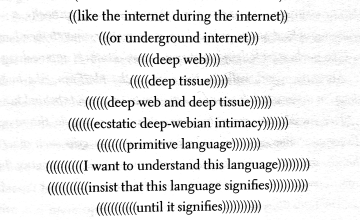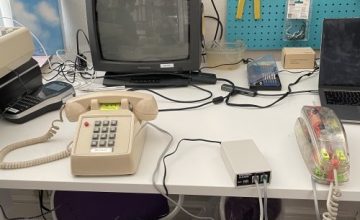
the cosmic internet
Is there a difference–or, how big could the difference really be–between a defunct network that may have stuttered along for just a year or two, thirty or forty years ago, and a fictional network that never existed at all? If the late 20th century and 21st century have taught us anything at all it’s that […]
Read More…





